Post World War II Japan was a critical time for the youth that inhabited it. Defeated and shell-shocked from the horrors of war, the self-esteem of the nation was at a low point. Western influences were taking over and basketball became a popular sport amongst high schools in Kobe. Military man Kihachiro Onitsuka was inspired by the game, seeing it as an ideal outlet to encourage and motivate the youth through sport. He established Onitsuka Co, Ltd in 1949, and the company has been running the marathon of success ever since.
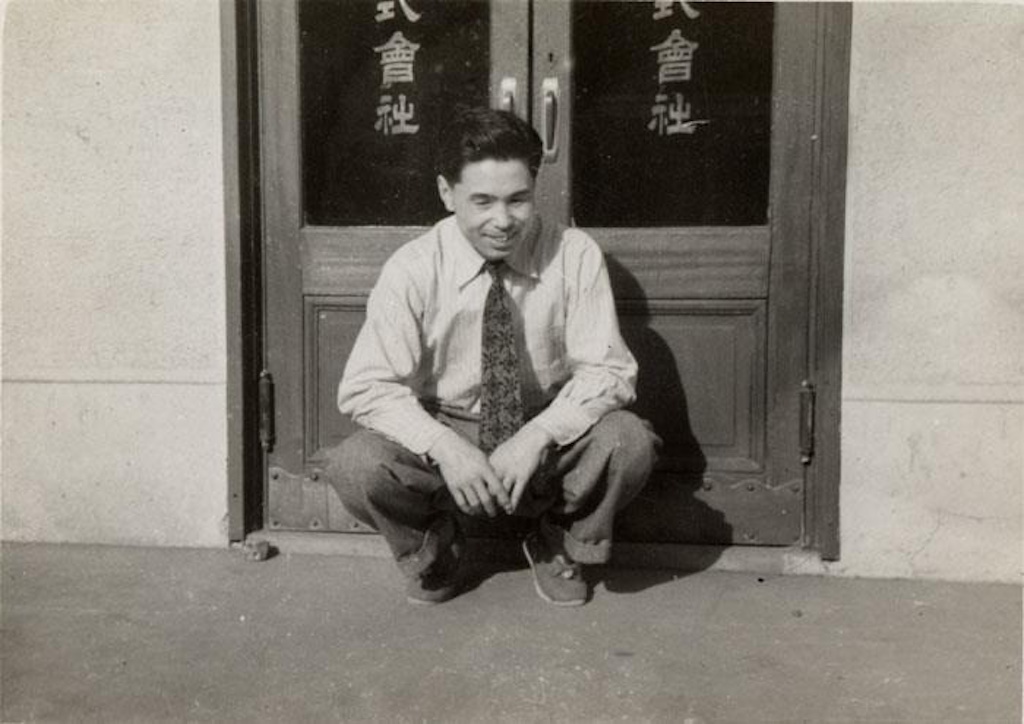
Basketball in Straw Sneakers
Onitsuka’s first sneaker was originally met with mockery when the design resembled a straw sandal rather than a sports shoe. In fact, Onitsuka had no formal training in footwear. He worked as a salary man before the war and only decided to make shoes after hearing the saying: “If you pray to God, pray for a sound mind in a sound body.” Onitsuka thought the best way to take the youth out of the post-war funk was through sport. It was the best way to uplift children’s spirits and make them physically fit at the same time. He sold his idea to Kobe High School, and was asked to make a shoe for their basketball team. When he finished, locals laughed at his attempt to create a shoe straight out of his living room.
After their initial failure, Yukio Matsumoto, a designer who worked for Onitsuka, was not ready to give up. They both spent countless hours watching sports teams play, observing their stop-start movements that caused many of them to slip on the court’s shiny wooden floors. One evening, they had dinner at Onitsuka’s house, where his mother prepared octopus for dinner. When they saw the tentacles of the seafood a light bulb turned on. It was their “Eureka!” moment. They decided to add suction cups on their shoe’s sole, as a way to avoid falls and accidents while in the game. This would be coined as “The Octopus Shoe”. The Kobe High School Basketball team won the championships that year, wearing Onitsuka sneakers.
RELATED READS: The Woman Behind Barbie (and How She Made the Doll a Billion Dollar Business)
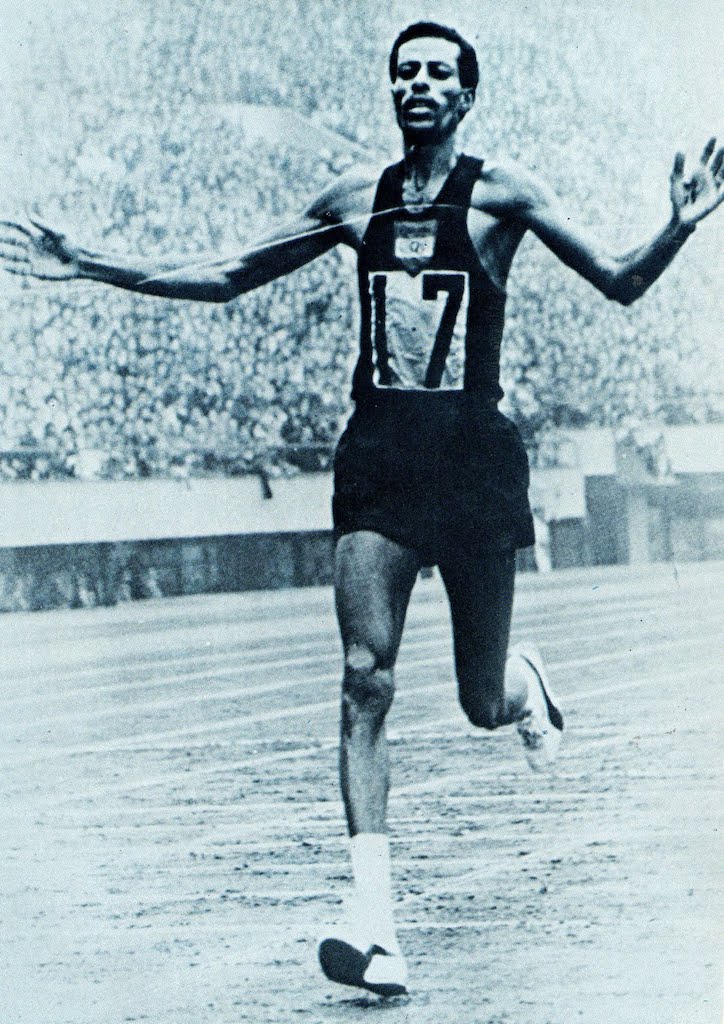
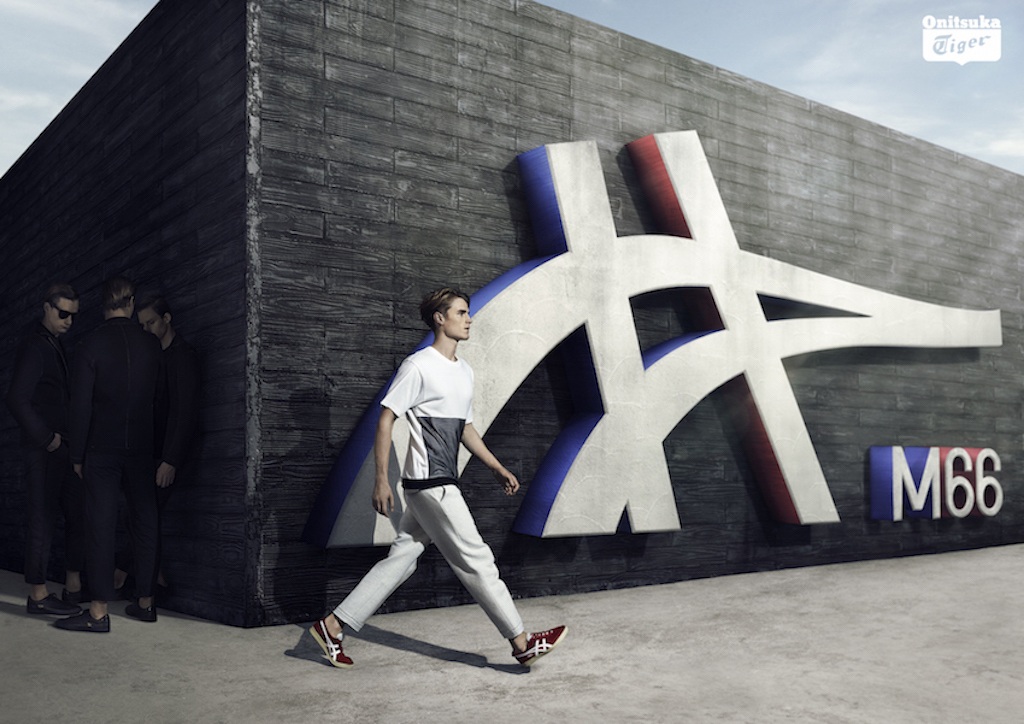
Running Tigers
Although the town of Kobe applauded Onitsuka for helping the local sports team garner a victory, success was not easily found for the brand. He decided to become a traveling salesman, selling his shoes door-to-door to raise brand awareness. Onitsuka, a survivor of war, was a simple man, and opted to save money by sleeping under train station benches instead of hotels. He became sick of tuberculosis because of this and was almost killed. However, when a new medicine was founded, he became healthy again and continued to promote his sneakers. Due to his persistence, word about the innovative sneaker spread, and Onitsuka Tiger was becoming a much buzzed about brand in Japan.
By 1956, the Onitsuka was the chosen footwear to be worn by the Japanese Olympic basketball team. This helped him garner more traction. Eager to expand his company, Onitsuka began to explore other sports to create shoes for. He dreamt of making a running shoe. He consulted with top marathoner Tooru Terasawa, asking him the biggest problems runners encounters while in motion. He simply mentioned, “blisters”. The company went to work, creating a sneaker with loose clothe on the top and holes on the side to achieve a “breathable shoe”. A double-layered sole at the bottom protects the feet from the usual traumas of the sport. The fame of Onitsuka’s running shoes spread internationally when iconic Ethiopian runner Abebe Bikila, known for winning an Olympic medal without footwear, opted Onitsuka as his shoe of choice in 1957.
RELATED READS: Celebrating 40 Years of Jul B. Dizon: How the Company Became One of the Most Influential Jewelers in the Philippines
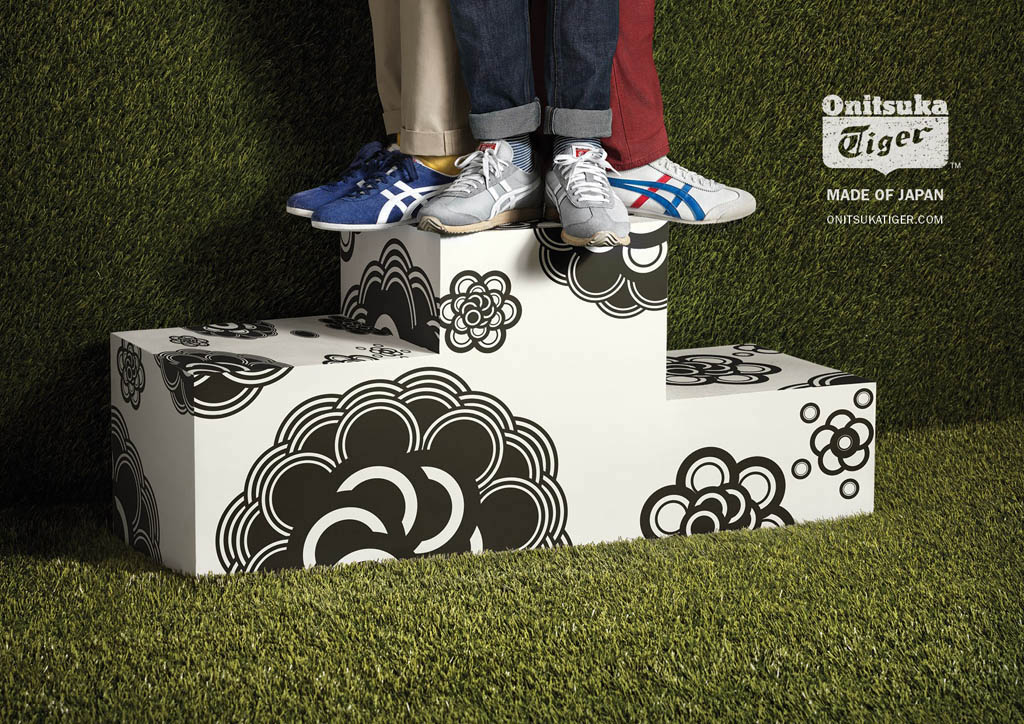
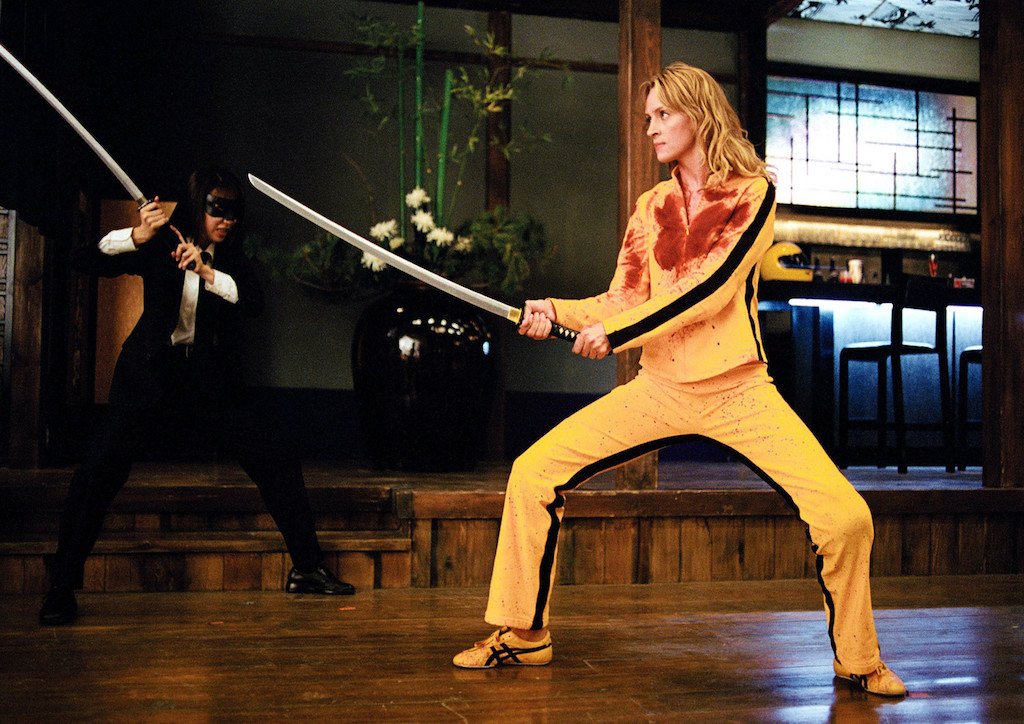
A Trademark Look
The process of creating a trademark look to differentiate Onitsuka form other brands was acknowledged in 1960. The company studied 200 variations of designs to allow people instant recognition of the Onitsuka brand. In 1966, the company introduced the simple stripe design that lines the side of all Tiger Onitsuka sneakers. Christened the Mexico 66, the shoe was to be worn by the Japanese team at the Mexico Olympics of 1968.
In 2016, Onitsuka celebrated their 50th anniversary through a commemorative showcase around Asia. The brand commissioned 50 different artists to design their interpretation of the Mexico 66 sneaker. Graffiti artists, night club owners, photographers, cartoonist, and fashion aficionados provided a very interesting mix of styles that were on display at Peddar on Scott near Orchard Road in Singapore. That year, they also launched The Art of Mixing, a line that featured striking prints inspired by the bond between the brand’s Japanese heritage and the upcoming Olympics in Brazil.
Although Onitsuka has been around for more than half a century, it remains to be as popular as ever. It isn’t only a brand for true sportsman, but their innovation in design and keeping up with trends have captured a whole new audience in today’s millennium. It is hard to imagine a sneaker lover without a pair of the iconic stripes inside their closets. Onitsuka has also found fame in international pop culture, with Bruce Lee wearing the footwear for his film Enter the Dragon (1973), and Uma Thurman doing the same for Quentin Tarantino’s Kill Bill: Vol. 1, 30 years later. By the time Mr. Onitsuka died in 2007, the company was the fifth biggest athletic footwear and clothing company in Japan, with global sales of $1.69 billion. A business story for the ages, Kihachiro Onitsuka’s success shows that hard work (and maybe an octopus dinner at home) is all it takes to create a billion-dollar company.
RELATED READS: The Rise and Fall of a Man Named Halston





